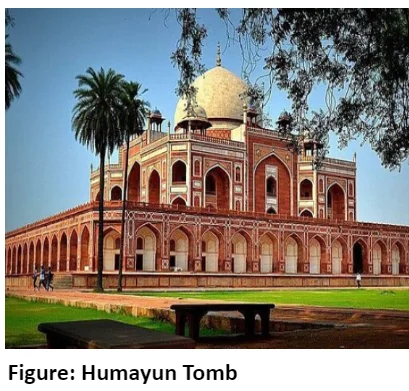![]() May 14, 2024
May 14, 2024
![]() 5805
5805
![]() 0
0
Humayun, who ruled twice between 1530-1540 and 1555-1556, faced governance challenges following Babur’s reign. His rule saw major conquests and defeats in India, notably battles against Sher Shah Suri.
1. Humayun’s Struggle for Authority and Survival

2. Major Conquests in India
2. Humayun’s Rule in India

| Must Read | |
| Current Affairs | Editorial Analysis |
| Upsc Notes | Upsc Blogs |
| NCERT Notes | Free Main Answer Writing |
Conclusion
Humayun’s reign marked significant developments in architecture, painting, and literature, laying the foundation for Mughal cultural achievements. Despite facing setbacks, his legacy endures through iconic monuments like Humayun’s Tomb and contributions to Mughal arts and literature.
<div class="new-fform">
</div>

Latest Comments